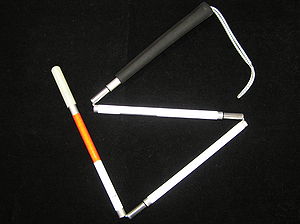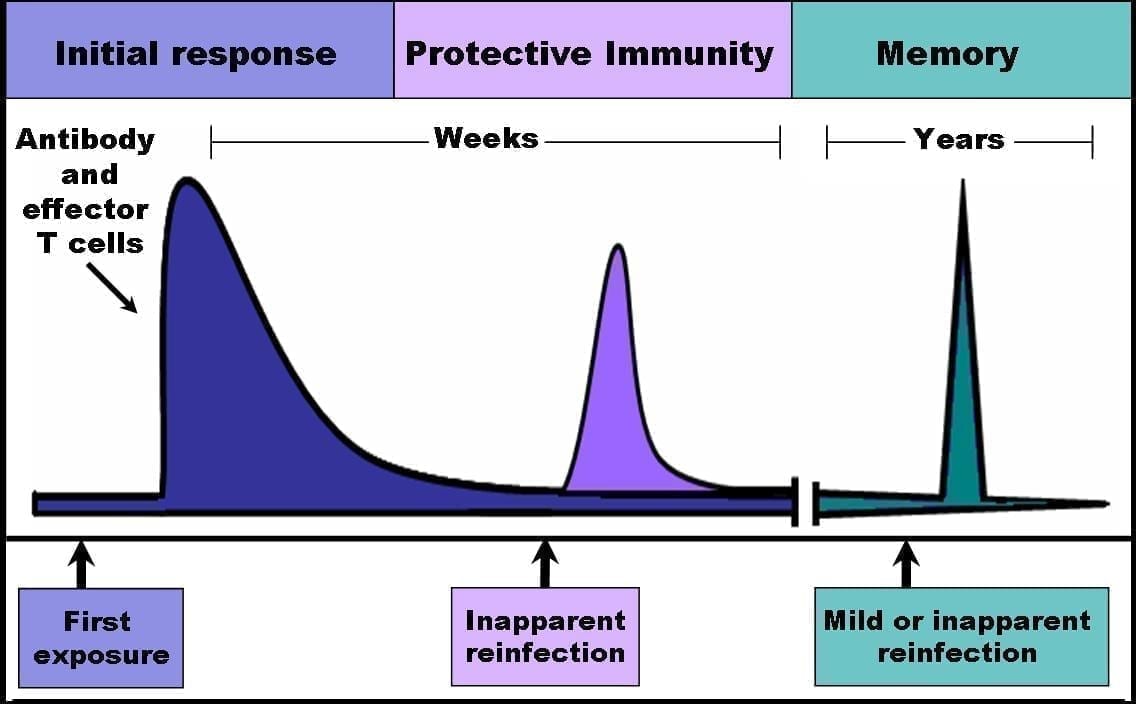Within days of exhibiting its “virtual cane” device for the blind, Hebrew University scientists grabbed headlines for a little gadget about to change the lives of millions of people across the globe.
It’s dubbed “Yes-Eye-Cane,” and it’s meant to replace the traditional white cane used by the sight-impaired population for getting around. It was developed by Dr. Amir Amedi – of the Institute for Medical Research Israel-Canada at the Hebrew University of Jerusalem – and his team to improve orientation and mobility of the sight-impaired by helping them estimate the distance and height of obstacles in their path.
“It enables the detection of obstacles that are much farther away than the one-metre radius of the regular white cane,” Dr. Daniel-Robert Chebat, who works in Amedi’s Laboratory for Multisensory Research at the Hebrew University of Jerusalem, told The CJN. “The user does not need to actually touch an object with a stick to feel it. The sensors of the device do this instead. This device is much more discreet and avoids clumsily hitting objects with a stick to sense their presence.”
Chebat, 32, who grew up in Montreal, heard about Amedi’s research while working on his doctorate at Université de Montréal, at the school of optometry in neuropsychology.
“I was working with a different sensory substitution device, and I was interested in navigation in blind people using sensory substitution,” said Chebat, an Azrieli Post-doctoral Fellow in the department of medical neurobiology at Hebrew U. “I wanted to continue exploring this fascinating topic of sensory substitution and brain plasticity after finishing my PhD [in 2010]. I had heard of the amazing research Dr. Amir Amedi had been doing… and I quickly realized that this dynamic and creative lab was the very best place in the world for me to pursue my scientific aspirations and ambitions as a researcher.
“Israeli universities are reputed to be on the cutting edge of science and constantly searching to apply this science to everyday life.”
Chebat – along with other members of Amedi’s team – demonstrated how to use the Yes-Eye-Cane at the recent Israeli Presidential Conference in Jerusalem. The device was unveiled as part of a larger exhibition presented by Yissum, the technology transfer arm of Hebrew U.
“Dr. Amedi’s promising invention can endow visually impaired people with the freedom to freely navigate in their surroundings without unintentionally bumping into or touching other people and thus has the potential to significantly enhance their quality of life,” said Yaacov Michlin, CEO of Yissum.??So, here’s how it works.
Users point the hand-held unit, which emits an invisible focused beam, in the direction they are walking. The cane incorporates several sensors that estimate the distance between the user and the object it is pointed at. That information is then relayed to the user by a series of vibrations, allowing the blind person to reconstruct an accurate image of the surroundings and navigate safely.











